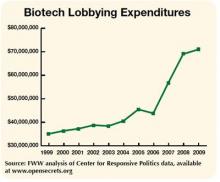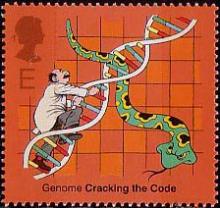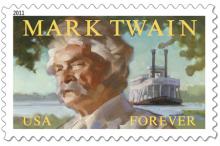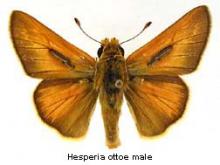As many as one in six children has a neurodevelopmental disability, and scientists are finding links to pollution
Carlos Jusino grew up a typical kid in Harlem, rollerblading near the Hudson River, eating at the McDonald's on 145th Street and Broadway, hanging out with friends in his building. Also typical was the fact that many of Jusino's neighbors and family members, including his mother, had asthma. "When I was growing up, she went to the hospital about once a month for asthma," he says. Although he didn't know it at the time, more than 30 percent of the kids in Harlem have asthma, one of the highest rates in the country. Jusino's family was worried about the air quality around Harlem, but most of its attention was directed to a sewage treatment facility built in 1985 along the West Side Highway next to the Hudson, where a foul-smelling settling tank lay exposed. The plant galvanized the community, including a group of environmental justice activists known as the Sewage Seven. They sued the city and won a settlement in 1994 that helped establish air-monitoring stations around the plant.










